“In art, there is no need for color; I see only light and shade. Give me a crayon, and I will paint your portrait.” Francisco Goya, Spanish painter
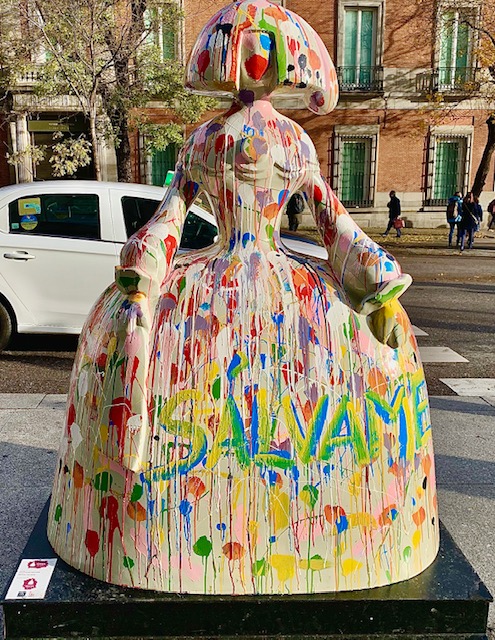
A day devoted to the Prado Museum and David is armed with his article from the New York Times, on how to do The Prado in eight hours (!). He was ecstatic to finally be in the great art museum, a bucket list dream forever. Plus he got to score another gorgeous Caravaggio painting, “David with the Head of Goliath.” I think his count is up to seven paintings on this trip. His eyes were darting in all directions throughout our five hour plus visit … alas, the magnitude and scope of the Prado proved overwhelming and he’d toss the article soon enough.
Museo Nacional del Prado, or simply the Prado, was founded in1819. It’s widely considered to have one of the world’s finest collections of European art, dating from the 12th century to the early 20th century. It was based on the former Spanish Royal Collection and contains the best of Spanish art … overall 8,200 drawings, 7,600 paintings, 4,800 prints and 1,000 sculptures. Not surprisingly, it’s one of the most visited sites in the world.
Francisco Goya (1746-1828) is the single most represented artist with extensive works covering his long career. And room after room provided a dizzying array of masterpieces by Hieronymus Bosch (The Garden of Earthly Delights!) El Greco, Rubens (The Three Graces!) Titian, Tintoretto and Diego Velázquez.
The best known and arguably the world’s best painting is Las Meninas by Velázquez. Large gatherings surround it in a large salon filled with the Master’s grand works. Velázquez, with his keen eye and sensibility for imagery, gives the viewer the experience that you can jump right into the picture. He was responsible for bringing much of the museum’s fine collection of Italian masters to Spain, now the largest outside Italy
We walked in astonishment from sala to sala, listening to the artwork description on our audio guide … the battery ran out on my mine and I had to study the museum map like a field marshal to locate the nearest entrance so I could exchange my unit. All juiced up, we battled onward to score more masterworks. Meanwhile, David surreptitiously photographed artwork, though forbidden ~ SHH!
My most eagerly anticipated paintings were Goya’s “Majas” – Vestida y Desnuda (disrobed and dressed) displayed side-by-side. I fell in love with them on a previous visit. Who was this mystery muse who he felt that he had to paint twice ~ was it a lover? Which was painted first? The facts are all speculation; what is known is that Goya painted them between 1797–1800.
On this visit I discovered that Goya had a dark side or his “black period” in his paintings. They feature grotesque figures and are extremely dark and depressing. He also painted colorful cartoon-style paintings that would later be translated into beautiful tapestries for the palaces.
I saw so many Goyas that when we left the museum I felt desgollado. Exhausted, our feet giving out, we returned home weary, but oh so satiated … and with dinner tonight at another recommended local eatery, our day would be most fulfilling in many ways.
On the Menu … Artichoke Flowers and as per their menu, “The famous ones – The genuines ones – The original ones.” They forgot to add The Delicious ones … here were uniquely prepared artichokes that tasted unlike any we’ve had before, taking a day to make; Gambas al Ajo (shrimp in garlic) and Piquillo peppers stuffed with spider crab(para llevar).
David, Leyta and Steven all ordered the Pochas con Almejas en salsa verde – a sumptuous dish of white beans and clams in a green sauce, which they soaked up with crusty, rustic bread.
Ahh … art and food for the soul … Life is Good!
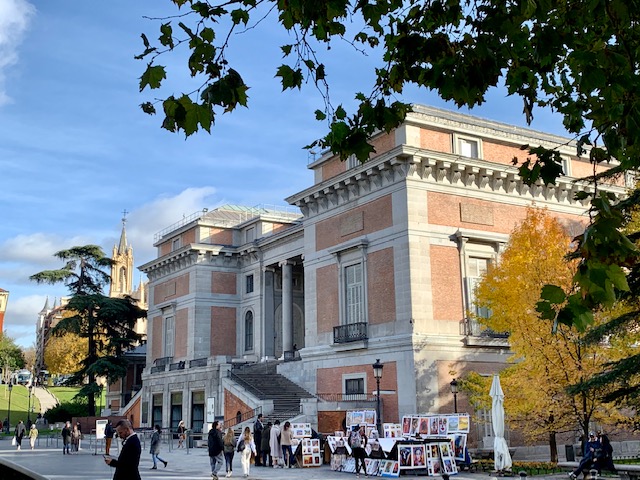

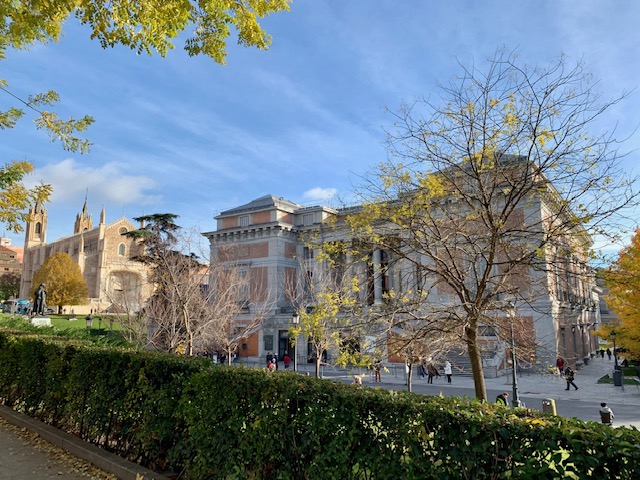
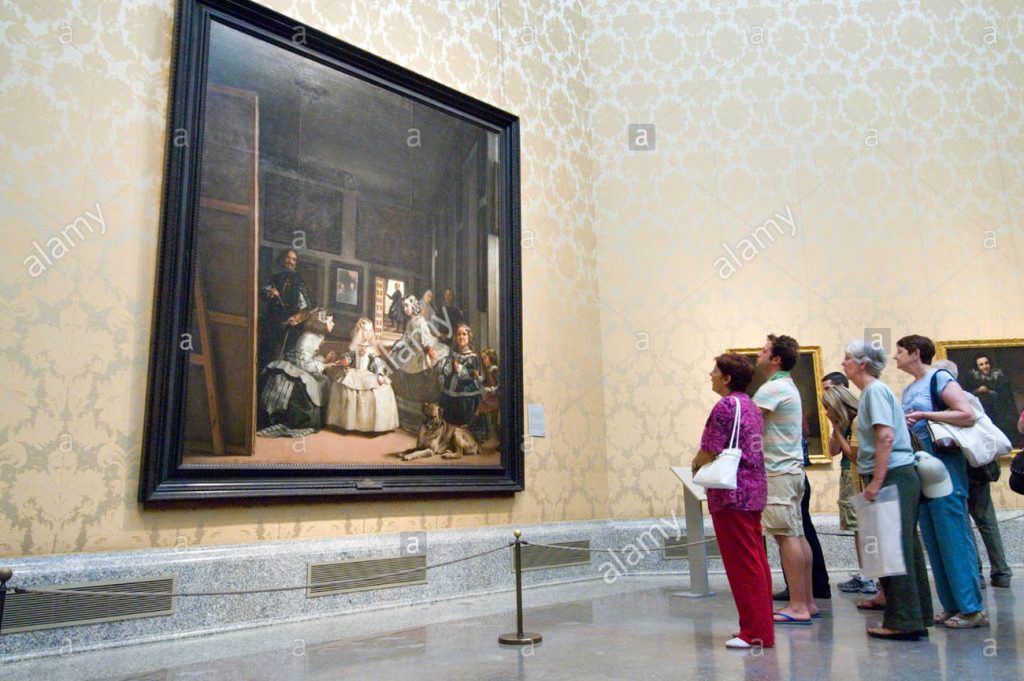
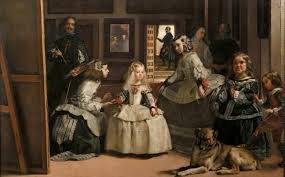
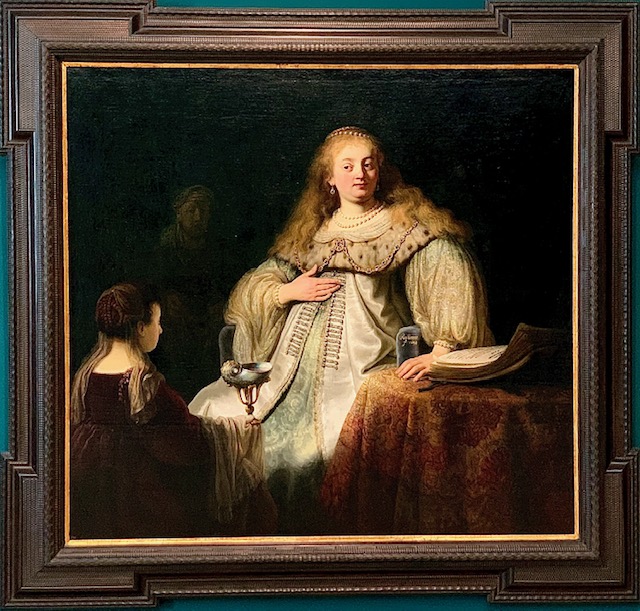



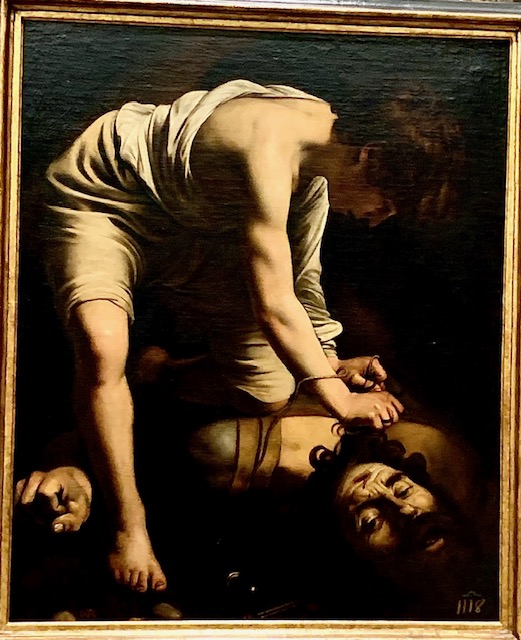
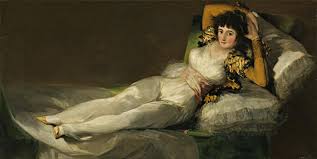
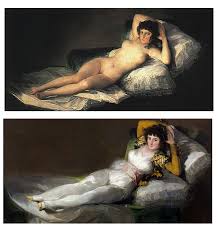

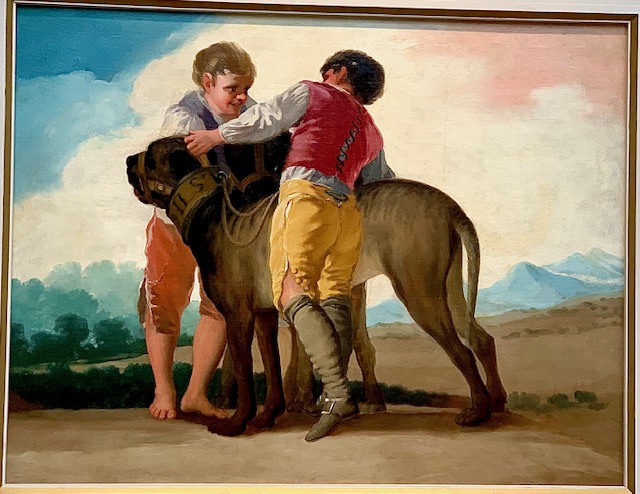
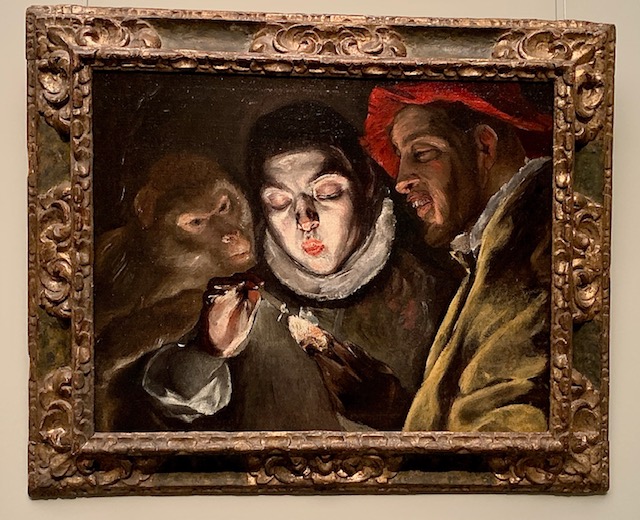
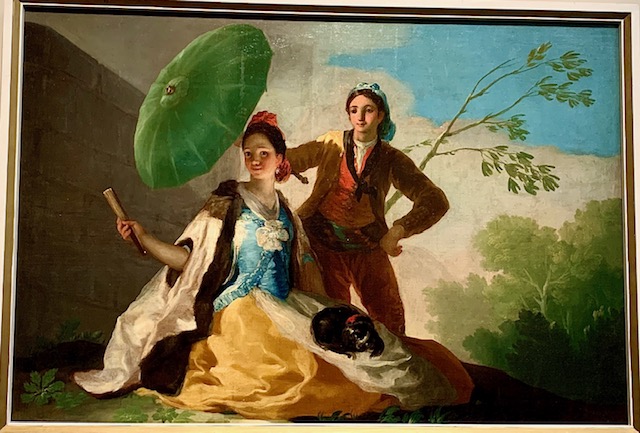
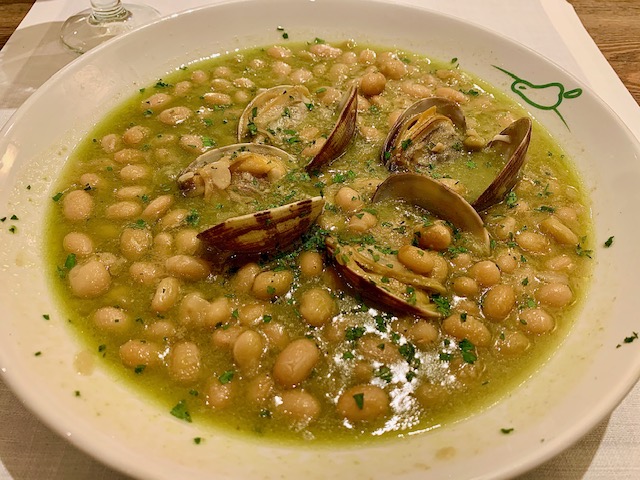



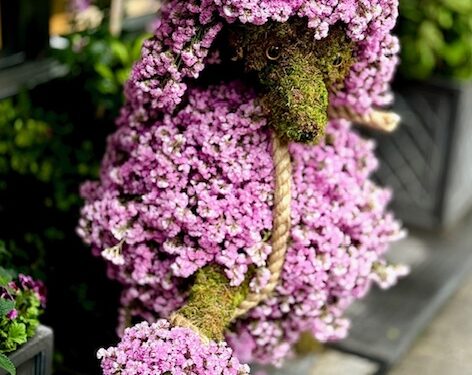


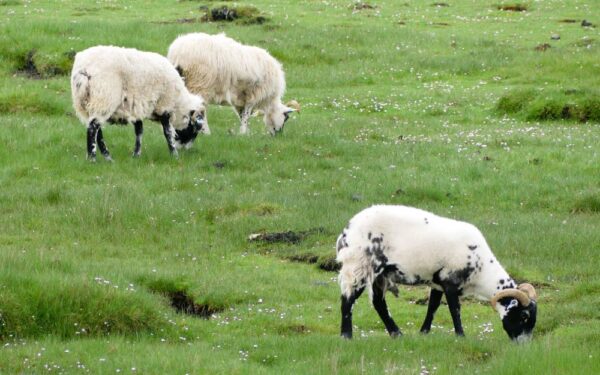
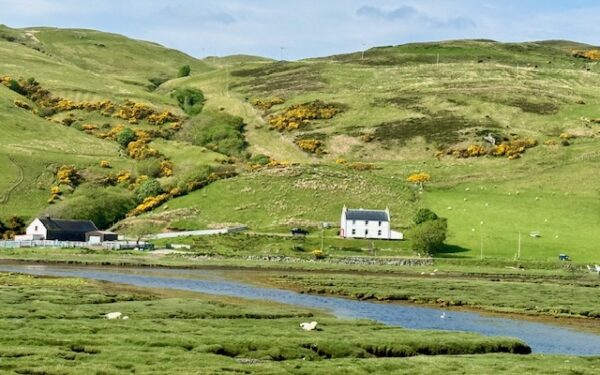
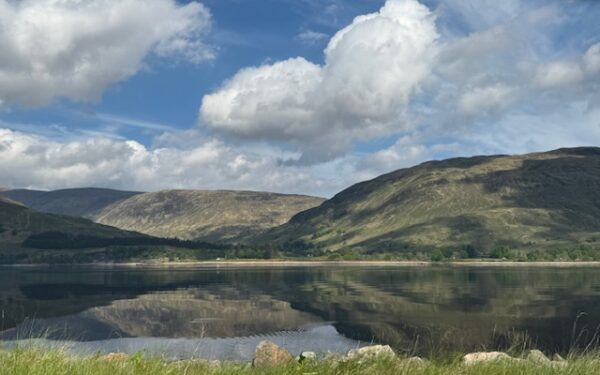
An amazing museum! My mouth is watering again at that gorgeous food! You chose well!